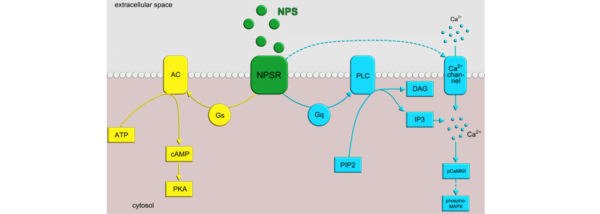In the world of drug discovery, finding the right compound to target a specific disease can be a challenging task. Traditional compound libraries often consist of large collections of diverse compounds that need to be screened, which can be time-consuming and resource-intensive. However, a promising approach that has gained traction in recent years is the use of Frequent Hitters Libraries. In this blog post, we will explore the concept of Frequent Hitters Libraries and their potential impact on drug discovery.
Understanding Frequent Hitters Libraries:
A Frequent Hitters Library is a curated collection of small molecules that have shown activity against multiple targets in various biological assays. These compounds, as the name suggests, tend to “hit” multiple targets frequently. They exhibit a promiscuous nature, displaying interactions with a wide range of proteins or biological pathways. While traditionally considered problematic due to off-target effects, the concept of frequent hitters has now become an exciting avenue for drug discovery.
Advantages of Frequent Hitters Libraries:
Cross-target activity: One of the key advantages of Frequent Hitters Libraries is their ability to interact with multiple targets. This offers the opportunity to discover new therapeutic applications for existing compounds, allowing repurposing and repositioning of drugs to address different diseases. Identifying compounds that exhibit multiple activities can lead to the development of multi-target drugs, which can be highly beneficial in complex diseases with multiple underlying pathways.
Exploration of polypharmacology: By screening Frequent Hitters Libraries, researchers can gain insights into the phenomenon of polypharmacology, where a single compound can modulate multiple targets simultaneously. Understanding the complex interactions between compounds and their targets can open up new avenues for drug design, enabling the development of more effective and efficient therapeutic interventions.
Accelerating lead optimization: Frequent Hitters Libraries allow for the identification of hits with known biological activities, reducing the time and effort required for hit-to-lead optimization. These compounds can serve as valuable starting points for further refinement and development, potentially shortening the drug discovery timeline.
Building structural and pharmacological knowledge: The analysis of Frequent Hitters Libraries provides valuable information about structural features and pharmacological properties that contribute to the promiscuous nature of compounds. This knowledge can inform future drug design strategies, facilitating the development of compounds with desired polypharmacological profiles.
Challenges and Considerations:
While the concept of Frequent Hitters Libraries holds great promise, it is not without its challenges. Selecting the appropriate compounds for inclusion requires careful curation and consideration of factors such as chemical diversity, toxicity, and pharmacokinetics. Additionally, managing potential off-target effects and therapeutic specificity is crucial to ensure the development of safe and effective drugs.
Conclusion:
Frequent Hitters Libraries represent a valuable tool in drug discovery, offering a unique perspective on compound-target interactions. By leveraging the promiscuous nature of these compounds, researchers can explore new therapeutic avenues, accelerate lead optimization, and gain insights into the complexity of polypharmacology. With further advancements in screening techniques, computational tools, and medicinal chemistry, the Frequent Hitters approach has the potential to revolutionize the field of drug development, leading to the discovery of novel, multi-target compounds that can address the challenges of complex diseases.
Remember, drug discovery is a complex and iterative process, and the use of Frequent Hitters Libraries should be integrated with other established strategies to maximize the chances of success. With continued research and innovation, we can harness the power of frequent hitters to unlock new treatment options and improve patient lives.




